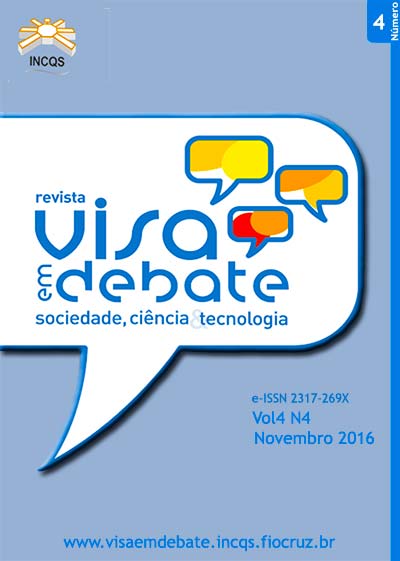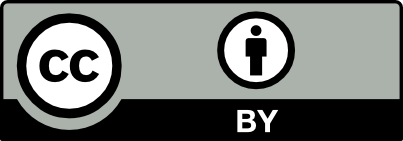Nosocomial fungal infections correlated to Candida spp.: Incidence and species distribution in the metropolitan region of Rio de Janeiro
DOI:
https://doi.org/10.22239/2317-269X.00668Keywords:
Candida, Hospital Infection, Epidemiology, CHROMagar-Candida, Germ Tube, Chlamydospore, MALDI-TOFAbstract
Candida sp. is the most frequently isolated fungal agent and associated with high morbidity and mortality rates in hospitalized patients. Although well-established, the epidemiology of infections has shown wide variation in relation to the region and the period studied. The objective of this study was to evaluate the incidence and distribution of Candida species in four cities in the metropolitan region of Rio de Janeiro state in the period from 2013 to 2014. A total of one hundred strains were recovered from different health facilities of the investigated areas. For the identification of isolates, phenotypic tests (micromorphology on CHROMagar, germ tube and chlamydospore production) and mass spectrometry (MALDI-TOF/MS) were used. Of all the isolates, 68,0% belonged to the Candida non-albicans group and 32,0% belonged to the Candida albicans specie. Regarding clinical specimens, 44,0% of the studied strains were isolated from urine samples, followed by blood culture (13,0%). In this study, the hospital sector with the highest fungal recovery rate was the Intensive Care Unit, with 40% of the isolates. Among the four evaluated regions, the city of Niteroi was the one with the highest percentage of isolation (52,0%). The comparison between the four identification methods demonstrated the effectiveness and prevalence of MALDI-TOF/MS technique for the diagnosis of Candida clinical isolates. The correct identification of the etiologic agents has direct impact on the epidemiology of fungal infections and consequently, on the management, control and treatment of hospitalized patients.Downloads
Downloads
Published
Issue
Section
License
Copyright (c) 2016 Health Surveillance under Debate: Society, Science & Technology (Vigilância Sanitária em Debate: Sociedade, Ciência & Tecnología) – “Visa em Debate”

This work is licensed under a Creative Commons Attribution-NonCommercial-NoDerivatives 4.0 International License.
COPYRIGHT ALLOWANCE The author (s) hereinafter designated as the ASSIGNOR hereby assign and transfer, free of charge, the ownership of the copyrights related to this ARTICLE to the Vigilância Sanitária em Debate: Sociedade, Ciência & Tecnologia (Health Surveillance under Debate: Society, Science & Technology) – Visa em Debate, represented by FUNDAÇÃO OSWALDO CRUZ, established at Av. Brasil, nº 4365, Manguinhos, Rio de Janeiro, RJ, Brazil, CEP 21045-900, under the conditions set out below: (a) The terms and conditions set forth in this Agreement shall apply to the following: 1. The ASSIGNOR declares that they s(he) is (are) the author (s) and owner (s) of the copyrighted property of the ARTICLE submitted. 2. The ASSIGNOR declares that the ARTICLE does not infringe the copyrights and / or other property rights of third parties, that the disclosure of images (if any) has been authorized and that they s(he) assume(s) full moral and / or property liability for its content, before third parties. 3. THE ASSIGNOR assigns and transfers all copyrights relating to the ARTICLE to the ASSIGNEE, especially the rights of editing, publication, translation into another language and reproduction by any process or technique. The ASSIGNEE becomes the exclusive owner of the rights related to the ARTICLE, and any reproduction, totally or partially, is prohibited in any other means of publicity, printed or electronic, without prior written authorization from the ASSIGNEE. 4. The assignment is free and, therefore, there will be no remuneration for the use of the ARTICLE by the ASSIGNEE.







